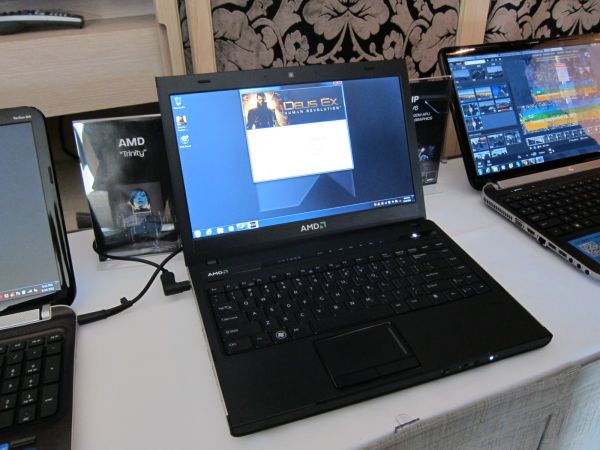
AMD may be forced to postpone the launch of the next-generation Radeon HD 7000 graphics cards to 2012, says a series of rumors that have recently hit the Web and which blame the problems TSMC has with its 28nm chip fabrication node.
AMD has promised time and time again that the Radeon HD 7000 series will arrive by the end of this year, but rumors regarding the delay of these GPUs started circulating since mid-September.
Much like this latest Hardcore Hardware report, the previous rumors also blamed TSMC's low 28nm yields for the delay, as well as the foundry's limited wafer production capacity for this node.
The large die size and complex design of the HD 7000-series GPUs is also a problem for TSMC, so it had focused its attention on building...



 10/11/2011 11:58:00 PM
10/11/2011 11:58:00 PM
 dannzfay
dannzfay






















